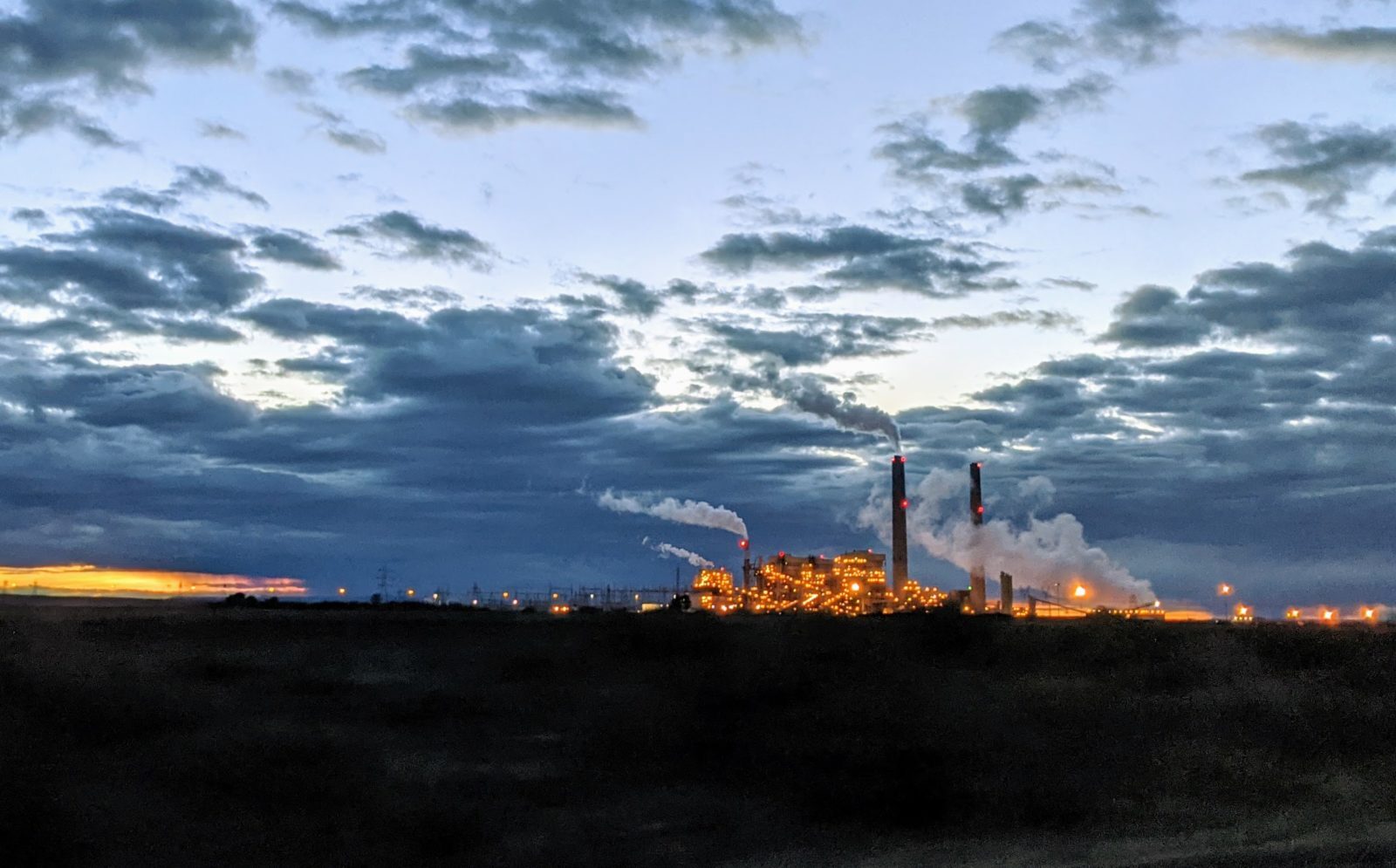- 46 Posts
- 12 Comments

 72·1 year ago
72·1 year agohttps://mediabiasfactcheck.com/the-jewish-press/
Analysis / Bias
The Jewish Press publishes both original stories and republished articles from other sources. News is focused on the USA and Israel with an emphasis on the Jewish Community. Articles and headlines are often straightforward and not overly biased, such as this Iran Reports Sunday Morning Accident at Natanz Nuclear Site. Stories are sourced properly.
Editorial content is found under the blog section. The Jewish Press leans right with articles such as this 60 Minutes Deceptively Edits Florida Gov. Ron DeSantis To Push Blatant Smear Job, and this Emes Ve-Emunah: Will Identity Politics Destroy Us? A review of op-eds reveals moderate right-leaning bias; however, news reporting is factual.
Overall, we rate the Jewish Press Right-Center Biased based on editorial positions that moderately favor the right. We also rate them High for factual reporting due to proper sourcing and a clean fact checks record. (D. Van Zandt 3/1/2017) Updated (12/13/2023)

 1·1 year ago
1·1 year agoI had posted this elsewhere but feel it is relevant to your comment. It describes Erdogan’s position towards the conflict, and could provide some context to your reminder. Worth the read.
https://www.brookings.edu/articles/understanding-turkeys-response-to-the-israel-gaza-crisis/

 3·1 year ago
3·1 year agoFrom your link too, said previously in 2023 by Palestinians against Hamas in the economic protests:
https://en.wikipedia.org/wiki/2023_Gaza_economic_protests
In July and August 2023, thousands of Palestinians in the Gaza Strip took to the streets to protest chronic power outages, poor economic conditions in the territory, and Hamas’s taxation of stipends to the poor paid by Qatar. The rallies, organized by a grassroots online movement called “Alvirus Alsakher” (The mocking virus), were a rare public display of discontent against the ruling Hamas government. Hamas bars most demonstrations and public displays of discontent.

 2·1 year ago
2·1 year agoThis is correct, Jerusalem Report has the high rating which is published by the Jerusalem Post, though it appears these ratings are switched by op. Posted article is from the Jerusalem Post.

 105·1 year ago
105·1 year agoSimilar reporting, but I think discussed an important caveat to the polling:
https://www.cnn.com/2023/12/21/middleeast/palestinians-back-hamas-survey-intl-cmd/index.html
But Shikaki cautions that higher support for Hamas should not be over-stated, at least not yet. As more Palestinians come to terms with the atrocities committed by Hamas on October 7, so attitudes could change — though that is unlikely to be the case so long as Gaza remains under massive attack.
Important again is how many people have watched videos from October 7 and the differences between the territories. In Gaza, 25% of those asked said they had viewed such videos; and 16% of all respondents told researchers Hamas had committed war crimes. In the West Bank, the corresponding numbers were just 7% and 1%.
Gaza is moving out of denial more quickly than the West Bank, Shikaki says, and that means a reckoning for Hamas. Already, only 38% of Gazans want to see the militant group return to governance after the war.

 1310·1 year ago
1310·1 year agohttps://mediabiasfactcheck.com/about/
The credibility of a website/media source is not determined by who owns them but rather by its track record. Everybody starts as a beginner and, through experience, becomes an authority in their field. MBFC is no different. Over the last 8 years, we have proven to be a trusted authority on the rating of bias and the credibility of media sources. For example, MBFC is trusted by major media outlets and IFCN fact-checkers. This is evidenced by frequently being referenced by sources such as USA Today, Reuters Fact Check, Science Feedback, Washington Post, and NPR, among dozens of others. We are also frequently used as a resource in libraries, high schools, and universities across the United States.
Media Bias/Fact Check has also been used as a resource for research by the University of Michigan and the Massachusetts Institute of Technology. Further, we have been utilized by numerous print books such as these:
The Rise of the Alt-Right
Fake News, Propaganda, and Plain Old Lies: Find Trustworthy Information in the Digital Age
Raising Humans in a Digital World
Everyday Media Literacy An Analog Guide for Your Digital Life
Hate Groups and Extremist Organizations in America: An Encyclopedia
Finally, MBFC scored a perfect 100/100 rating by Newsguard, which rates the credibility of Media Sources. We believe it is significant that a competitor gave us this score.
https://www.newsguardtech.com/about/why-should-you-trust-us/

 72·1 year ago
72·1 year agoI don’t have other numbers handy, but that 3GWh number is storage capacity, which isn’t comparable to annual usage.
deleted by creator

 11·1 year ago
11·1 year agoWhen you’re working with coproducts like algae-derived pharmaceuticals (see Lumen biotech in Seattle) that sell for 6 figures/kg you’re correct, much more stringent pharma-like ideas do get implemented because the down time is costly. This is seen in indoor reactor setups where you can grow under artificial light year round. Outdoors, the cost to implement more sophisticated systems doesn’t translate in your TEA especially when growing things like protein which is cheap in comparison.

 203·1 year ago
203·1 year agoSome supporting and related information.
An Examination of US School Mass Shootings, 2017–2022: Findings and Implications
https://link.springer.com/article/10.1007/s41252-022-00277-3
Objectives
Gun violence in the USA is a pressing social and public health issue. As rates of gun violence continue to rise, deaths resulting from such violence rise as well. School shootings, in particular, are at their highest recorded levels. In this study, we examined rates of intentional firearm deaths, mass shootings, and school mass shootings in the USA using data from the past 5 years, 2017–2022, to assess trends and reappraise prior examination of this issue.
Methods
Extant data regarding shooting deaths from 2017 through 2020 were obtained from the Centers for Disease Control and Prevention, National Center for Injury Prevention and Control, the web-based injury statistics query and reporting system (WISQARS), and, for school shootings in particular (2017–2022), from Everytown Research & Policy.
Results
The number of intentional firearm deaths and the crude death rates increased from 2017 to 2020 in all age categories; crude death rates rose from 4.47 in 2017 to 5.88 in 2020. School shootings made a sharp decline in 2020—understandably so, given the onset of the COVID-19 pandemic and subsequent government or locally mandated school shutdowns—but rose again sharply in 2021.
Conclusions
Recent data suggest continued upward trends in school shootings, school mass shootings, and related deaths over the past 5 years. Notably, gun violence disproportionately affects boys, especially Black boys, with much higher gun deaths per capita for this group than for any other group of youth. Implications for policy and practice are provided.
Trends in mass shootings in the United States (2013–2021): A worsening American epidemic of death
https://doi.org/10.1016/j.amjsurg.2023.03.028
Background
Mass shootings represent a significant problem in the United States (US). This study aimed to examine trends in mass shootings in the US over time.
Methods
Retrospective mass shooting data (1/2013–12/2021) were collected from the Gun Violence Archive. A scatterplot was constructed showing predicted (extrapolated from 2013 to 2019) versus actual total mass shootings in 2020 and 2021. Multivariate linear regressions were performed to evaluate trends in mass shootings over time, associated with gun law strength.
Results
Mass shooting incidents, injuries, and deaths in 2020 and 2021 exceeded extrapolations from previous years. When comparing 2019 to 2020, stronger gun laws were associated with decreased monthly mass shooting deaths. For these same strong gun law states, monthly mass shooting deaths decreased when comparing 2019 to 2021 and comparing 2020 to 2021.
Conclusions
US mass shootings have increased over the past decade. Stronger gun laws appear associated with fewer monthly mass shooting-related deaths. Firearm-related legislation may at least partially, curtail the worsening of this substantial “American problem” of mass shootings.

 53·1 year ago
53·1 year agoThe definition is evolving, for the better in my opinion. The below paper describes some thoughts in the realm which seek to develop a more inclusive definition.
Mass outcome or mass intent? A proposal for an intent-focused, no-minimum casualty count definition of public mass shooting incidents
First, researchers should expand their victim count inclusion criterion to gain valuable insight for public mass shooting prevention, intervention, and harm mitigation. The proposed definition of public mass shootings highlights mass intent instead of the completion of the shooting. Datasets with minimum victim counts are only including cases that occurred in the absence of mitigating situational factors, like fast intervention or strong situational crime prevention. There is always the potential for the environment and the situation to influence the incident outcome, and open-source scholars implementing a minimum casualty criterion might be systematically excluding cases characterized by mass intent and protective environments. Not only does this affect comparisons of environmental and mitigation factors, but it is an especially problematic source of selection bias for scholars aiming to understand the warning signs, behaviors, and psychosocial profiles of public mass shooting perpetrators.
Second, we advocate for scholars to use the current public mass shooting definition and completed, attempted, failed, and foiled outcome terminology. Critics may argue that our proposed definition more so aligns with an active shooter incident than a public mass shooting. However, we believe that it is beneficial to combine these two types of public gun violence involving random/symbolic victims into a single public mass shooting concept differentiated by outcomes. This will not only strengthen the rigor of empirical research, but also reduce public confusion. Currently, the mass media and general public are familiar with the phrases “public mass shooting” and “active shooting”, and understand both to be incidents of public, predatory gun violence committed by a highly motivated offender. We believe our definition, with its careful distinction between foiled, failed, attempted, and completed outcomes, could address some of the “mass confusion” (Fox & Levin, 2022) regarding public mass shootings.
Critics may argue that our proposal for an intent-focused, no minimum casualty count definition could contribute to journalistic abuse and further public confusion or concern. For comparison, after high-profile public mass shootings, media outlets often cite the number of mass shootings in America using the Gun Violence Archive and Mass Shooting Tracker data – which includes all mass shootings (i.e., felony and family), not just public mass shootings (Silva & Greene-Colozzi, 2019). The media thereby conflates all mass shootings with public mass shootings in the public consciousness. We do not want a consequence of this proposed public mass shooting definition to be the media’s inflation of the problem, given the increased number of incidents included in future research and datasets using this definition. To this end, we stress the importance of researchers using the completed public mass shooting terminology when referencing traditionally considered incidents - involving four or more fatalities – in research and during media interviews. In other words, like the usage of public mass shootings - which has recently become more popular in media usage - we are attempting to also incorporate completed public mass shootings into popular consciousness, to address public confusion and concerns.
Edit: I should add I have no beef with the GVA, and I don’t really think the flack it gets in this thread is warranted, but in this context the distinction I think can help. This is by no means GVA’s fault, terms evolve.

 161·1 year ago
161·1 year agoIt is a complicated topic, pest management strategies can vary. A lot of the time it is site and organism specific as far as what you’d end up with, certain species can be susceptible to different infestations. So many invasive organisms require different cures, these can include chemicals, fungicides, filtration, but these kinds of contamination events are somewhat expected after enough time, so as long as the same issue isn’t recurring too frequently, the economic strategy is to just reboot the pond after a clean.
Typically, the strategy is to outcompete what you may get contaminated with. Ideally your crop is a high productivity strain of algae (much more productive than things originating outside the pond), and as long as the algae exhibit faster growth rates, the invasive species doesn’t have an opportunity to take off as the desired algae will continue to take the majority of nutrients.
If you get something toxic in there, it’s gotta be dealt with accutely based on the critter, but other preventative strategies like inlet media filtration/heating, crop rotation, and organism population monitoring can help mitigate these things from starting up. A good review can be found here.

 26·1 year ago
26·1 year agodeleted by creator

 36·1 year ago
36·1 year agodeleted by creator

 26·1 year ago
26·1 year agodeleted by creator

 28·1 year ago
28·1 year agodeleted by creator

 27·1 year ago
27·1 year agodeleted by creator


















https://blueviewfootwear.com/
Same people, they’ve been making biodegradable footwear for a bit now.